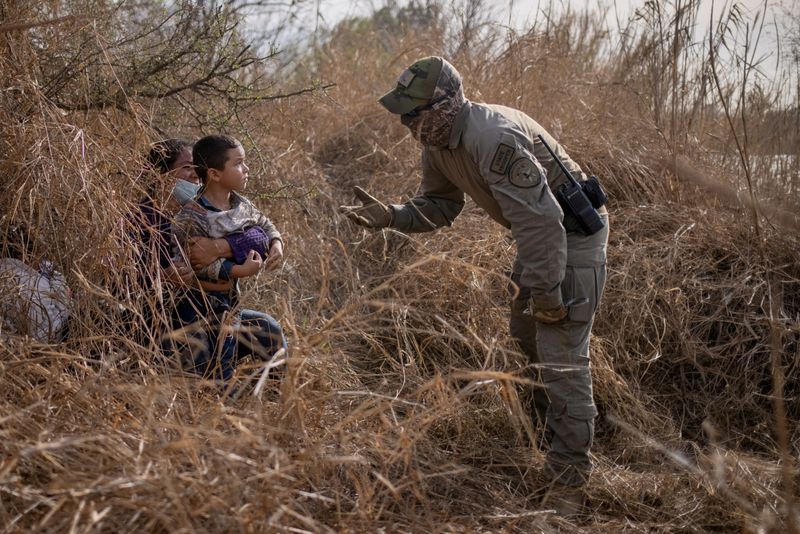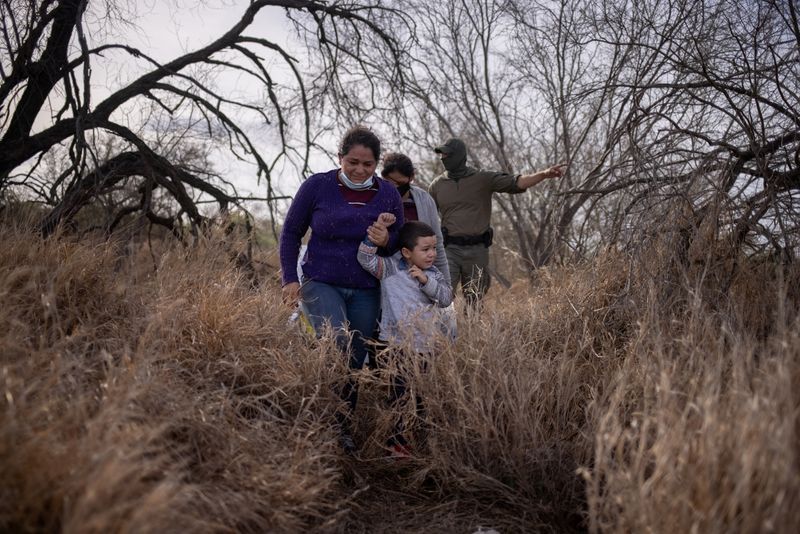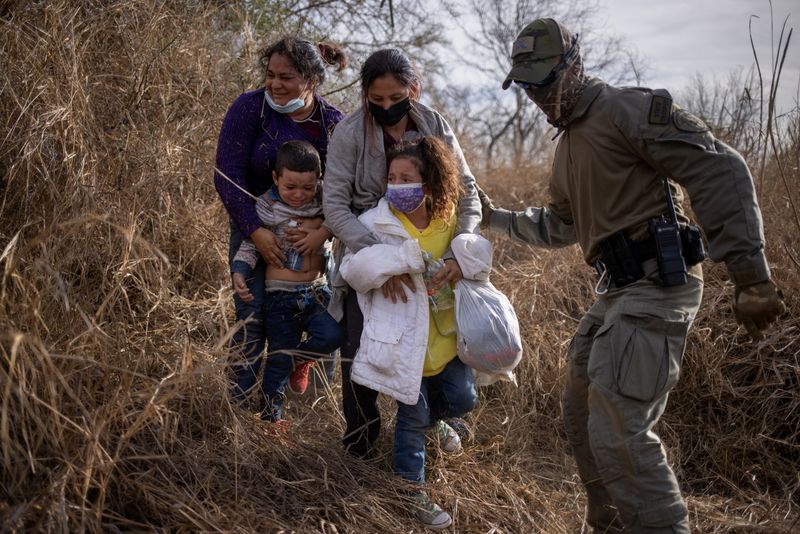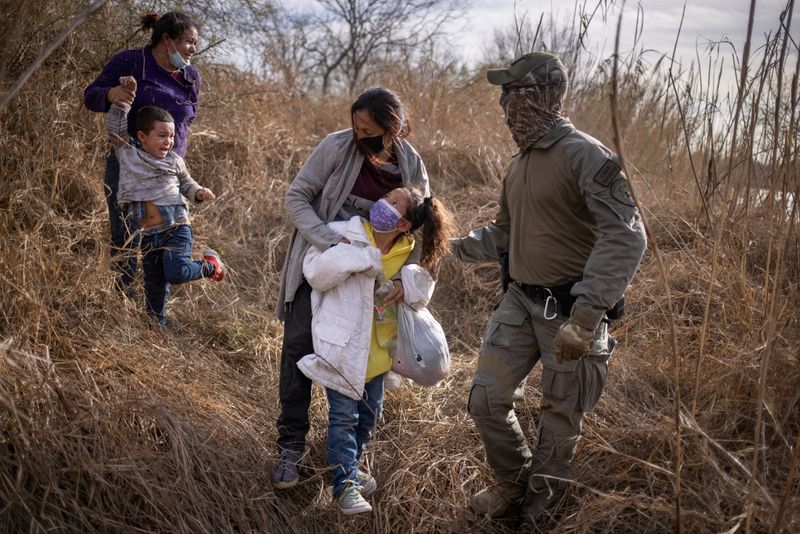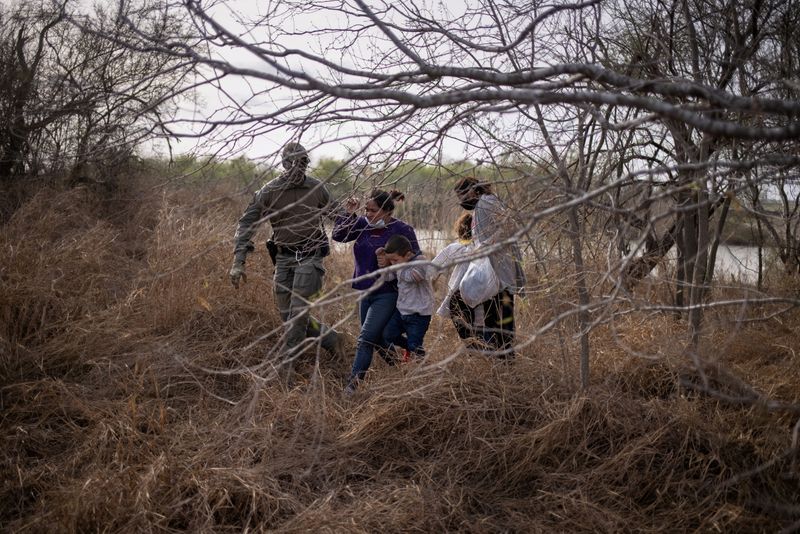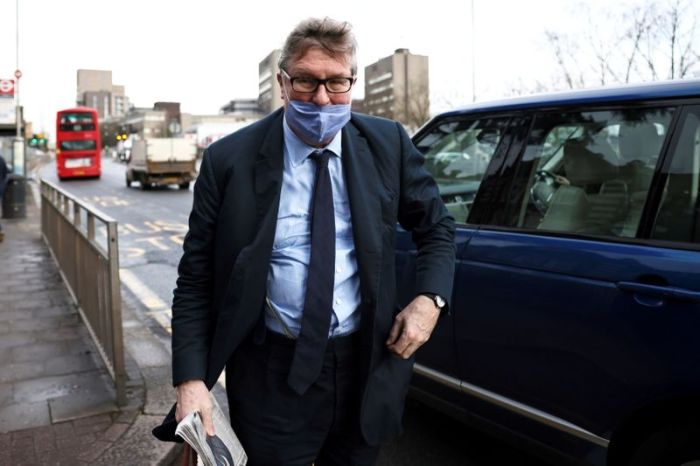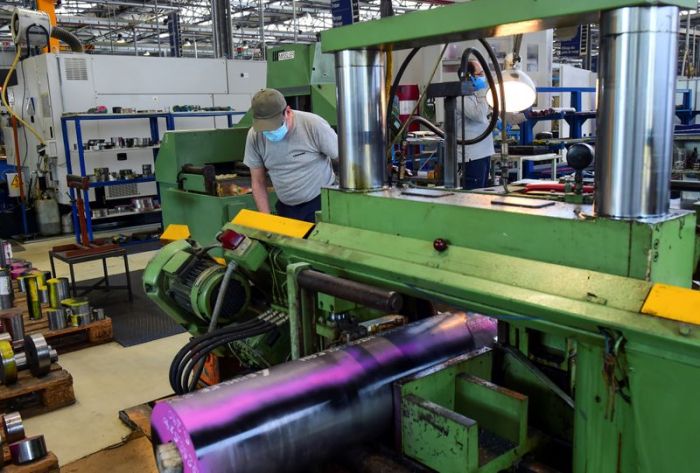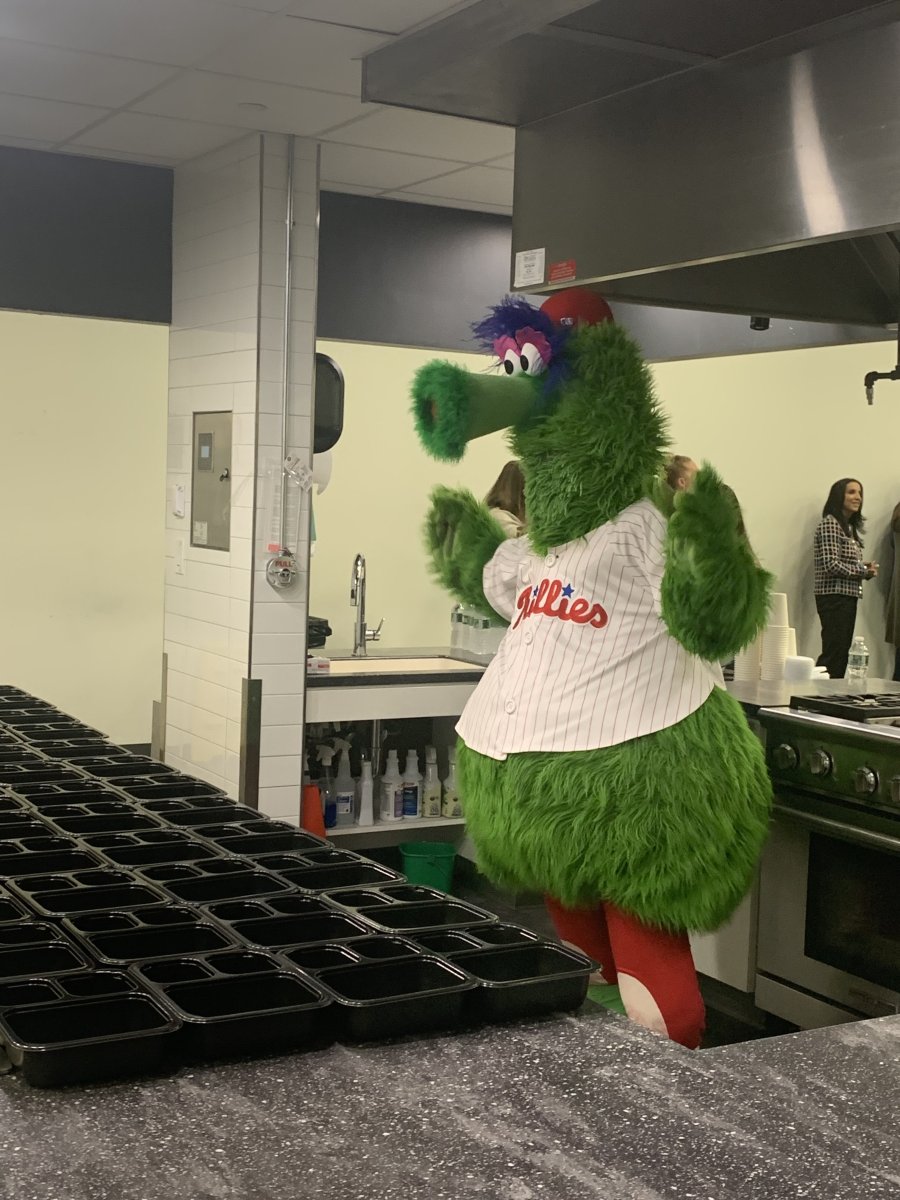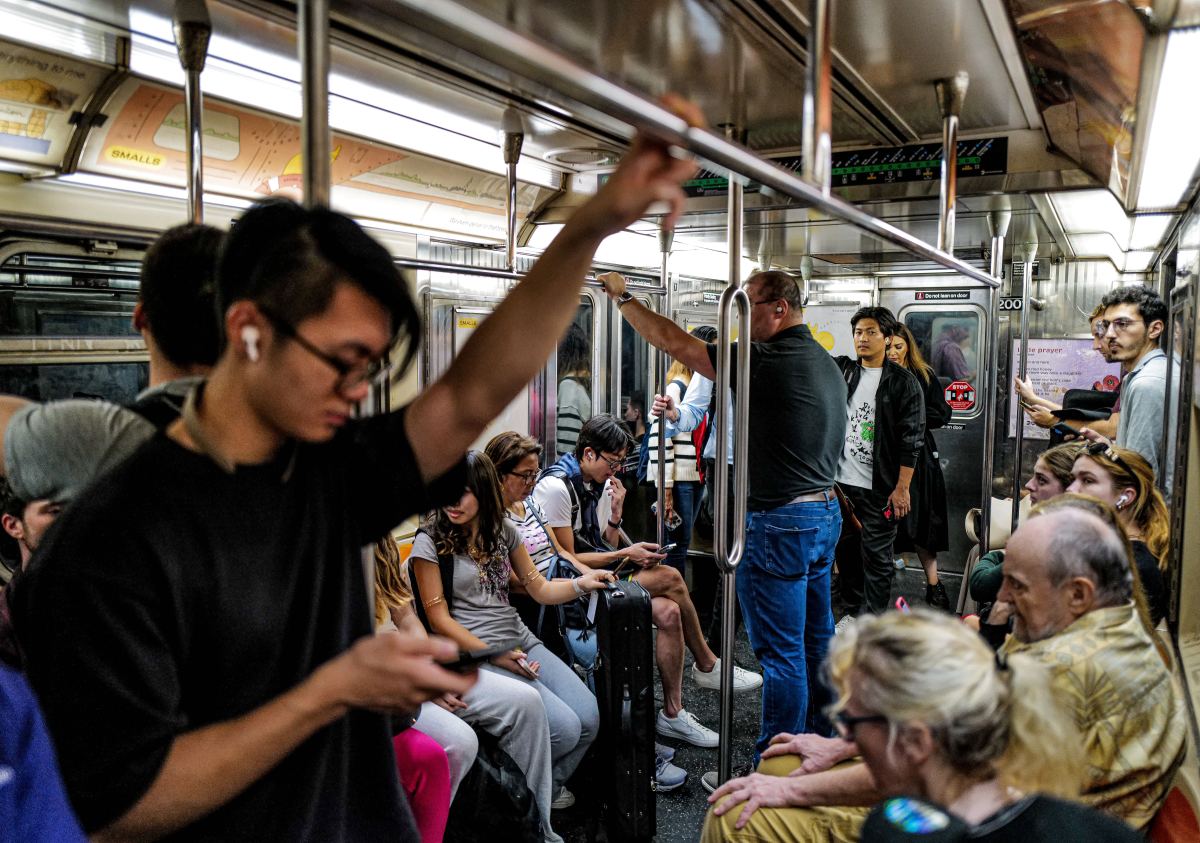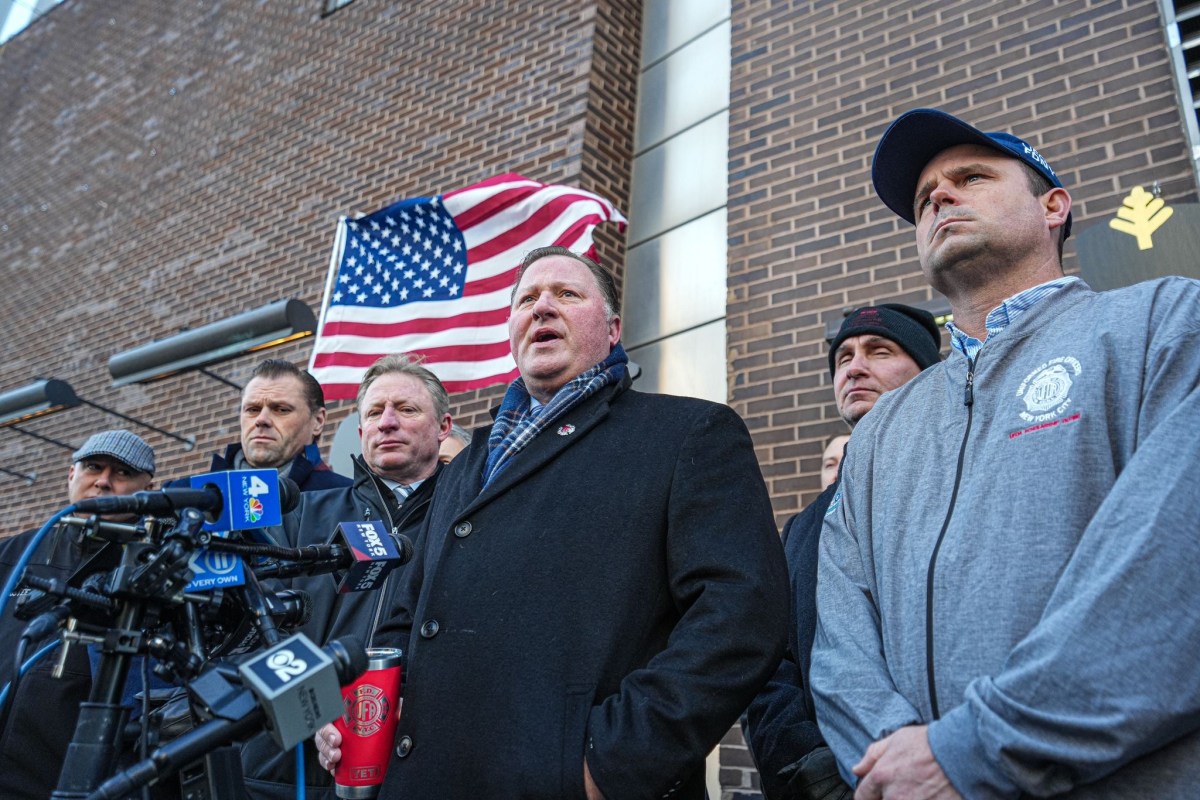(This March 10 story corrects headline to ‘U.S. state troopers’ from ‘U.S. border patrol agent’)
(Reuters) – Lying patiently in the long grass near the Rio Grande in Texas on Tuesday, Reuters photographer Adrees Latif was watching and waiting.
A native Texan, Latif has been covering the ebbs and flows of the migration story at the border since 2018. In recent weeks, a humanitarian crisis in Central America paired with changes in migration strategy in the White House have led to a surge in those trying to cross north to what they hope will be a better life in the United States.
Within the heavily trafficked Rio Grande Valley sector of the border, Latif has seen the people smugglers move their operations around to evade the border patrol in the last three years, shifting just like the wide river that divides the United States and Mexico.
To get the pictures he is looking for, Latif needs to be on site from dusk to dawn, waiting to catch the moment once or twice a day when a vehicle will appear on the Mexican side to transport migrants to a waiting raft. Within five minutes, they are across the river and into Texas.
He does not want to miss that moment.
“It’s like a whole day’s work lying in wait and then you only have a few moments to produce the images,” said Latif.
On Tuesday, Latif saw a scout on the Mexican side, just as a border patrol helicopter passed overhead. It hovered over Latif, kicking up dust. The smugglers likely saw that and chose to cross further upriver.
Moving to where he thought the migrants would disembark, the helicopter still overhead, Latif saw a migrant couple walking through the brush. It’s uneven territory, heavy with Lyme disease-carrying ticks, and he advised them to use the road.
They told him others were hiding further back. He headed in that direction, as agents began arriving. Suddenly, he came across the scene captured in the photograph. A Texas state trooper, dressed head to toe in green and clutching handcuffs in one hand, was beckoning to a migrant family to come out of the brush.
In the photo, four-year-old Harbin Ordonez, who traveled from Honduras with his mother, looks at the man, while his mother, Edith, holds on to him tight. The boy was crying just a moment before and will later cry again but in this moment he stares, fear and defiance mixing on his young face. The sound of the helicopter is so loud, it is impossible to hear conversation.
A minute or so later, the trooper accompanied the two and another migrant mother and child to pick-up trucks, where they were driven up to the border wall, about two miles away. There, about a dozen migrants followed the usual routine – showed identification, removed jewelry and shoelaces, and had the bands the smugglers used to identify them clipped off their wrists.
They were then taken away in buses – family groups on one bus, unaccompanied minors on another – to whatever future awaits them in the United States.
(Writing by Rosalba O’Brien; Editing by Howard Goller)

